James Gunn knows that most people are familiar with Superman’s origin story, which is why DC Studios’ new feature about the Man of Steel opens at a point when he has already become a world famous superhero. Instead of rehashing the tragic beats of Krypton’s destruction, the movie is punctuated with moments that show you how deeply Superman cherishes the few remaining pieces of his homeworld. He loves his Kryptonian family crest and his out-of-control superdog. But the most impressive and alien keepsake that Clark Kent holds close to his heart is a massive stronghold buried deep beneath the ice in Antarctica.
The Fortress of Solitude (which originated in Street & Smith’s Doc Savage pulps from the 1930s) has been part of Superman’s lore since the Golden Age of comics, when it was first introduced as a hidden citadel tucked into a mountainside by Metropolis. Over the years, the Fortress has been located in a variety of places and taken on different forms, but Gunn’s Superman presents the structure as most people know it — a gleaming cluster of gargantuan crystals situated in the frozen wilderness. Everything about the Fortress is so grand and otherworldly that one could easily assume that DC Studios would have elected to create the whole thing with VFX.
There are digital elements to the new Superman’s take on the Fortress, but Gunn has always been a fan of practically created effects. Having worked with Gunn on The Suicide Squad, The Guardians of the Galaxy Holiday Special, and Guardians of the Galaxy Vol. 3, production designer Beth Mickle was intimately familiar with his filmmaking sensibilities. Mickle could see Gunn’s vision for a Superman movie that was modern but nostalgic and vibrant like a classic comic book.


1/2Image: Warner Bros. Discovery / DC Studios
When I spoke with Mickle recently about her work on Superman, she told me that creating the new Fortress of Solitude wasn’t just difficult — it was an exercise in patience and experimentation. Mickle was certain that going the practical route would result in a much more magical final product, but she wasn’t always sure how she and the rest of Superman’s production team would pull it off.
“I’ve been on those sets where it’s just a full blue screen and the poor actor is sitting there looking at a blue tennis ball, trying to figure out how they’re supposed to be reacting to it,” Mickle said. “I feel like, no matter what, practicality comes across in the filmmaking and in the performances. But it’s really tough to pull practicality like this off seamlessly.”
Like Gunn, Mickle was a big fan of Richard Donner’s first Superman film, in which Christopher Reeves’ Clark Kent summons the Fortress of Solitude by tossing a green crystal into Arctic waters. Though she wanted to pay homage to the 1978 classic, Mickle was also interested in exploring how else the Fortress could be depicted.
“I started looking at the way that crystals sometimes grow naturally from rocks, where they kind of splay upward and have this propulsive, explosive feel,” Mickle explained. “I thought to myself, ‘You know, that actually feels a bit like Superman, exploding up into the sky.’”
Mickle’s ideas about the Fortress as a crystalline eruption also got her thinking about nature and how the structure’s shape could be inspired by things like the ocean and the way that sprays of water can freeze in mid-air in the right conditions. Photographs of crashing waves gave Mickle a general idea of what the Fortress’ silhouette should look like from a distance. But for the building’s interior, Mickle turned to DC’s Silver Age comics from the ’50s and ’60s — an era that depicted the Fortress, as Gunn described it, as “Superman’s man cave.”
“In those comics, the Fortress is where Superman has his lab set up to do experiments, and he’s got a zoo of all the interplanetary plant life and animals he comes across,” Mickle said. “Once we had committed to the Silver Age visual reference, we started looking at a lot of beautiful, mid-century, minimalist, Frank Lloyd Wright-style interiors for more inspiration. That helped us figure out the multilevel, terraced layout that our Fortress has.”
1/5Image: Warner Bros. Discovery / DC Studios
From there, the creative team had to decide where the crystals would go and how they would make the ethereal, translucent pillars. The crew spent about three months on research and development into different methods of using resin to build the Fortress of Solitude piece by piece. There were plenty of hiccups early on. Many of the larger resin crystals — which ranged in length from 12 to 40 feet — would crumble under their own weight or require a certain kind of ribbing to maintain their shape that was too visible to use on film. As other parts of the Fortress’ interior were being constructed on a soundstage in Atlanta, Mickle’s team was trying to figure out how to get the crystals to work. And at one point, she contemplated something a bit more elementary.
“After one sleepless night, I asked my art director, ‘Would it be crazy to actually build this out of real ice and just keep the stage really chilled?’” Mickle recalled. “We both laughed at the absurdity of it, but in that moment of desperation, I was like, ‘I don’t know, do we bring in ice sculptures?’”
In the end, Mickle and construction coordinator Chris Snyder developed a resin pouring method that, while more involved, resulted in crystals that were strong enough to work with. Rather than pouring the resin to make single columns, the team began pouring them as halves, letting them dry, and then bonding them together afterward. This had the added benefit of giving the crystals an unintentional shimmering luster that was in line with the film’s aesthetic.
1/6Image: Warner Bros. Discovery / DC Studios
While all 242 of the crystals now looked great, the next hurdle was getting them positioned to evoke that explosive, propulsive feel that Mickle aimed for. To resemble naturally forming crystals, the resin pillars needed to splay out at various angles. But because the pillars are translucent and backlit, rigging them with internal framing would have broken the fantastical illusion. That kind of internal framing could have been edited out digitally, but Mickle and the team opted for something more analog.
“We actually hung aircraft cable from the ceiling and put a little pick point on the top of each of the crystals,” Mickle explained. “We would put a crystal on its little metal base, lean it to whatever angle we wanted it to be, and then we would have a little point at the very top of the crystal that was attached to the aircraft cable so it would lock it to that exact space.”
Even though it sometimes felt like an uphill battle, Mickle said that she loved the explorational element of building it, and she’s excited to learn what else Gunn has planned for the franchise — especially when it comes to the weird and fantastical.
“I really loved the fantasy worlds here, and it was really fun getting to dive into the pocket universe of it all with Lex,” Mickle said. “We did a lot of that in Guardians of the Galaxy, and it’ll be fun to see if there’s opportunity to do stuff like that with any of the upcoming DC work. It’ll be an exploration for all of us.”

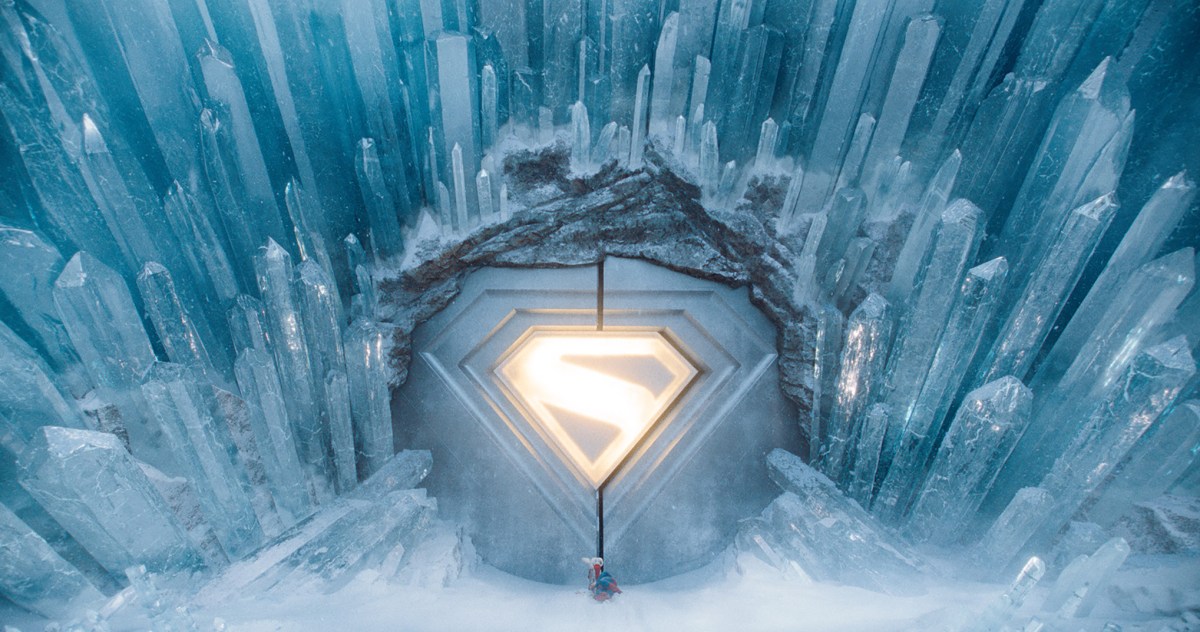
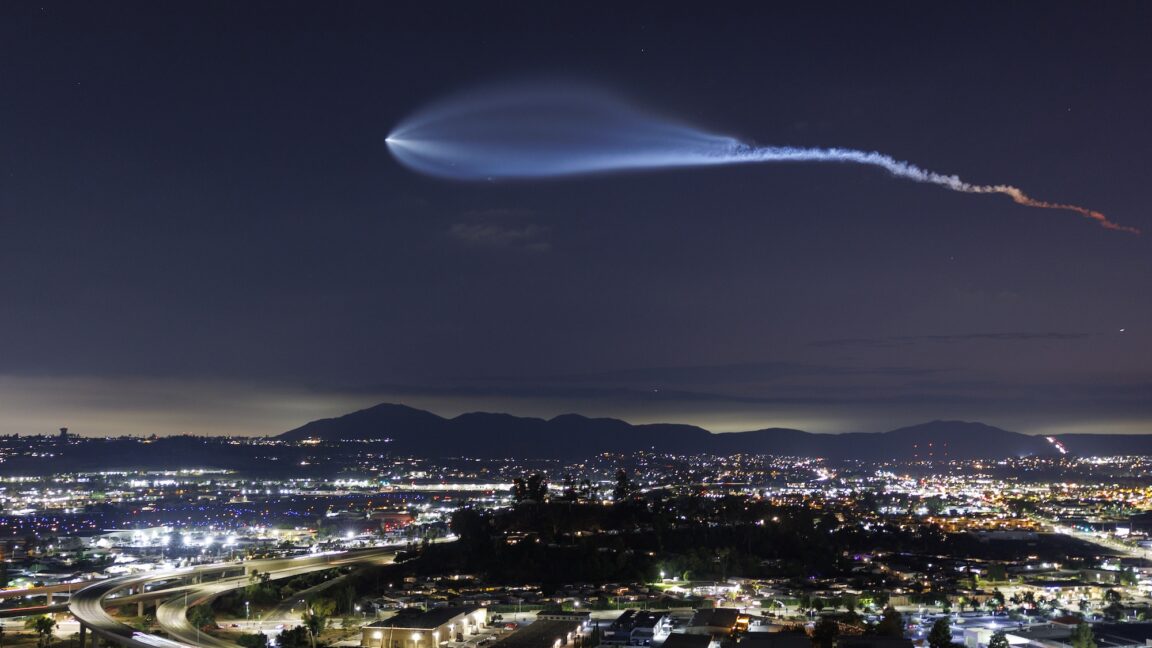
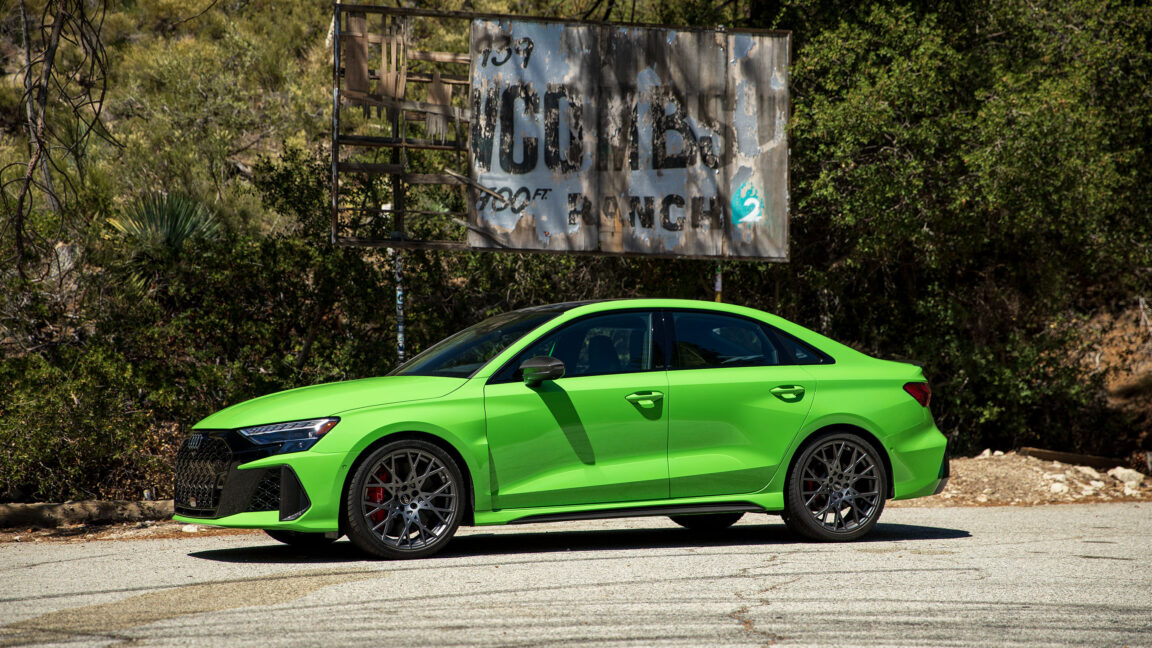
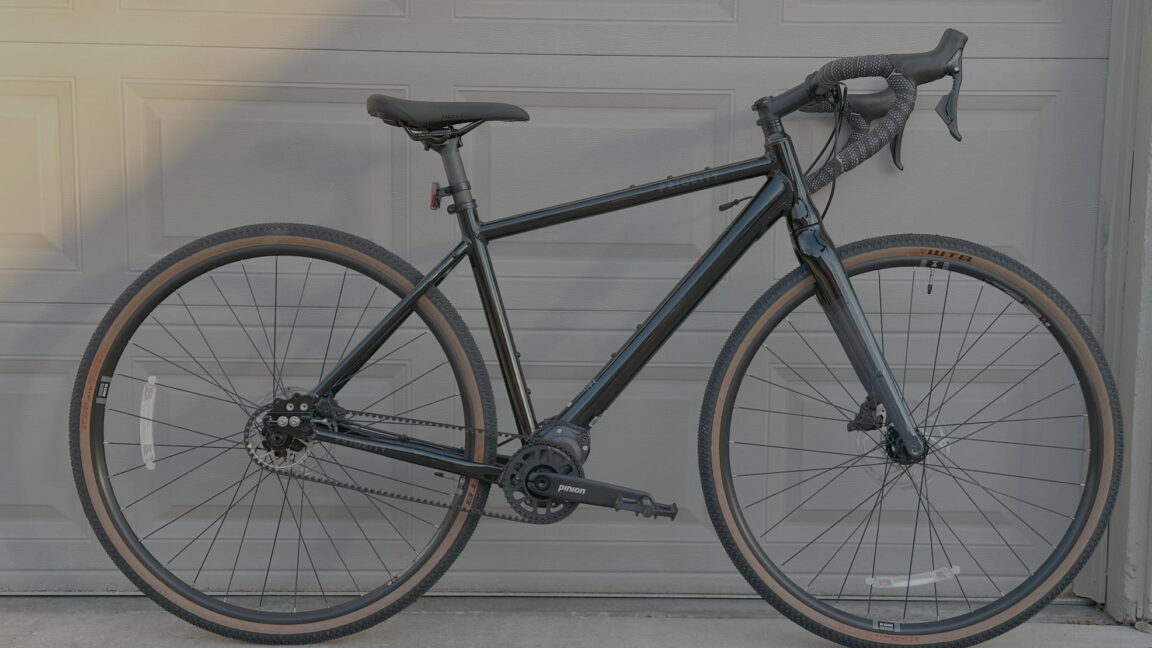
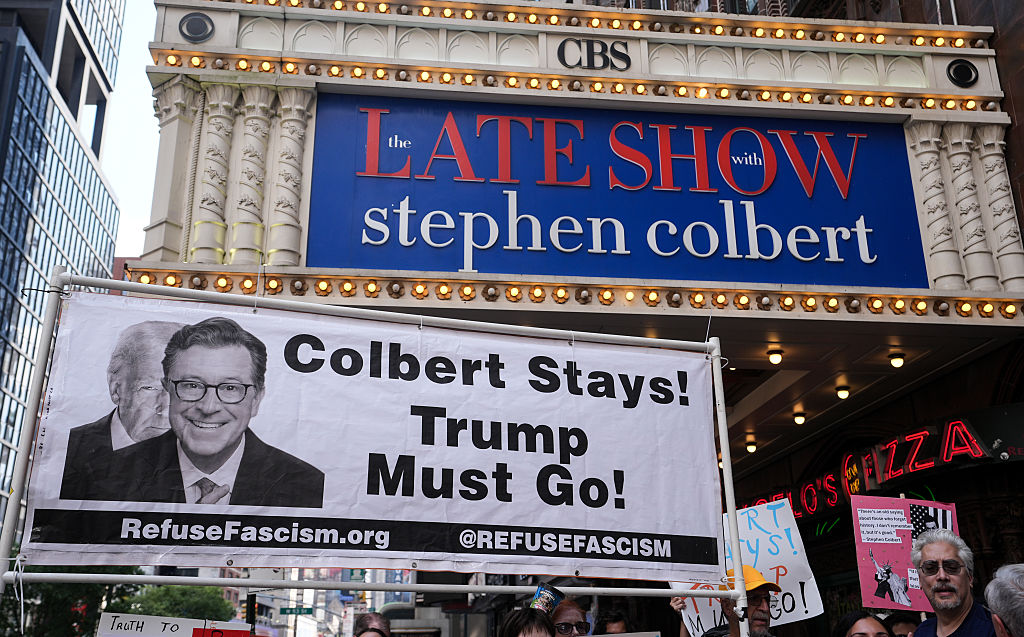


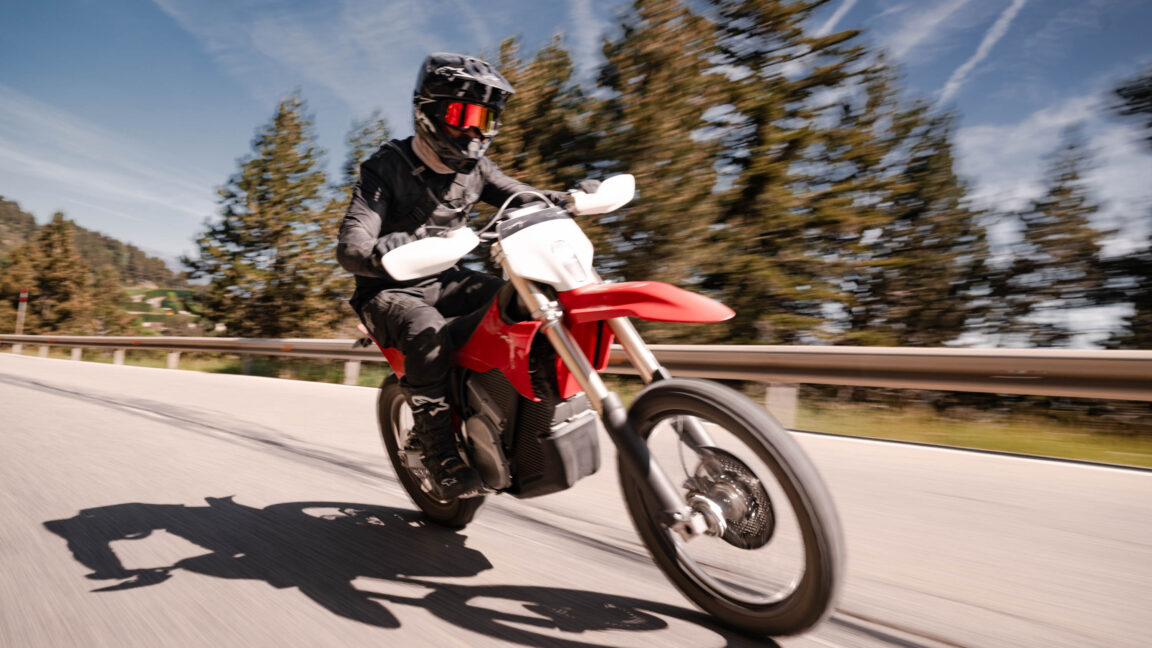
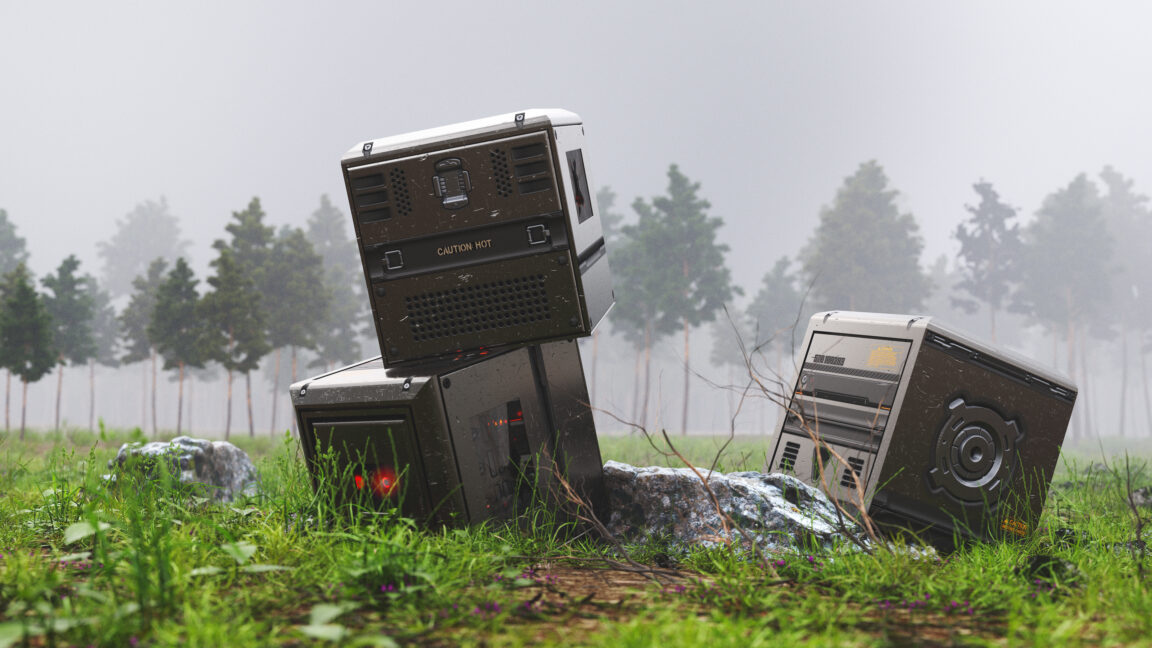
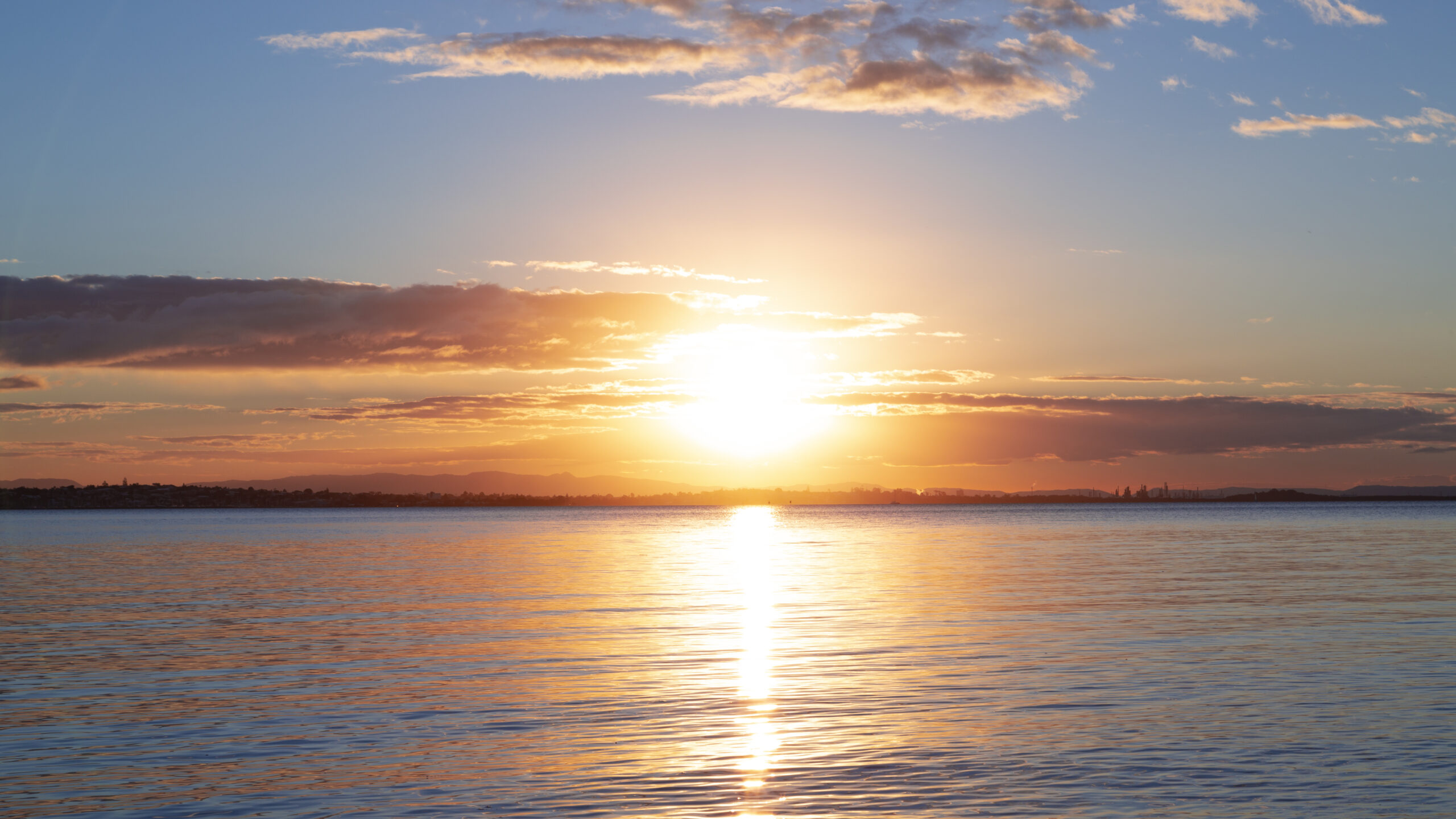
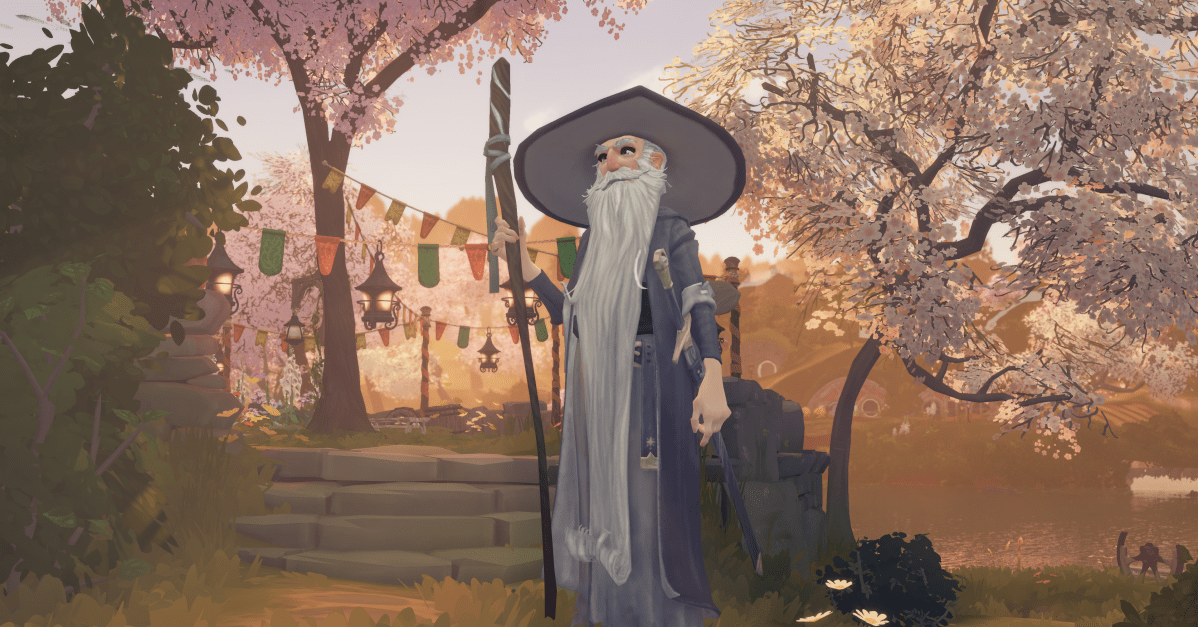

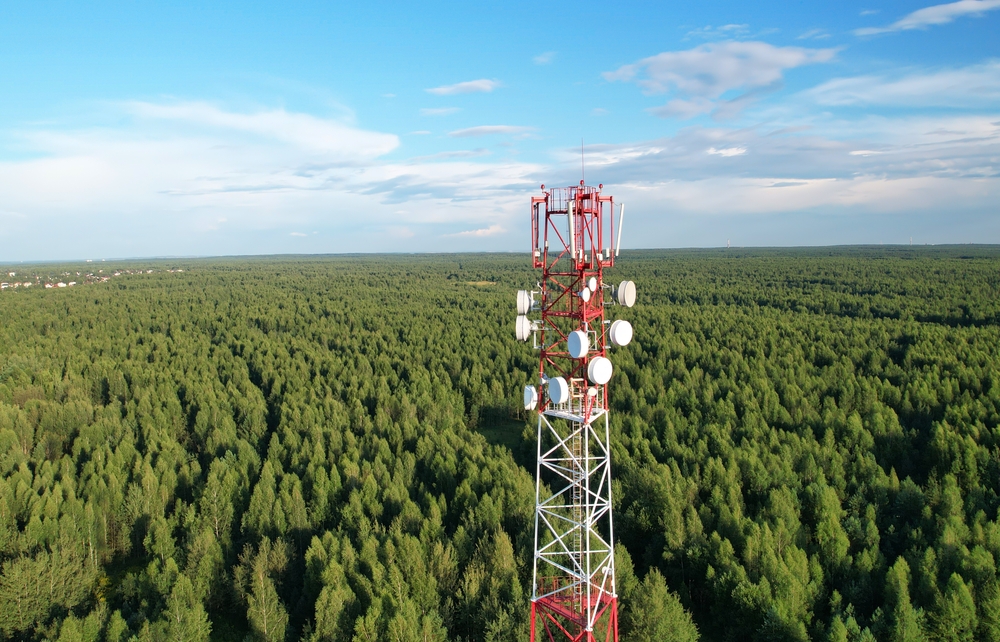
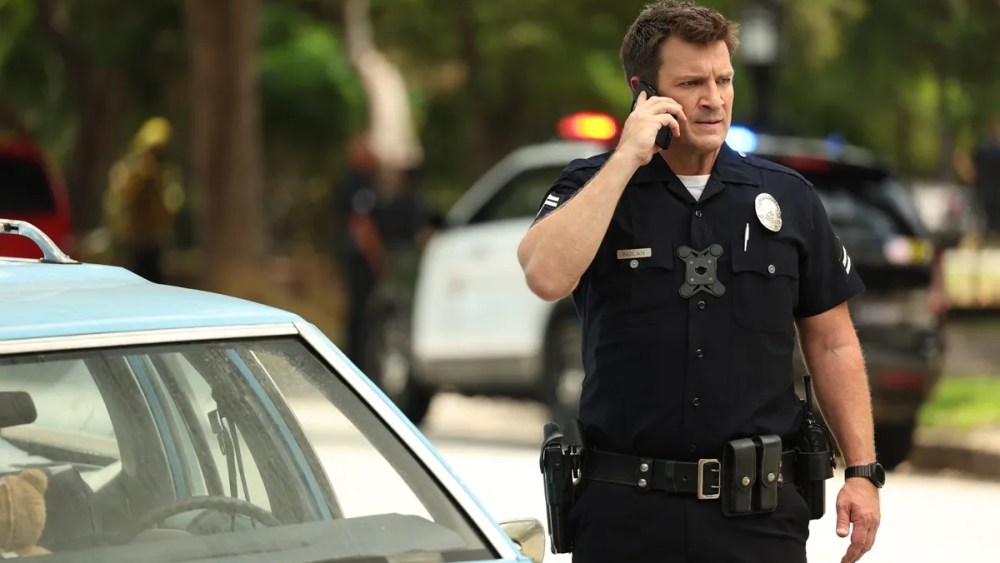
Leave a Reply